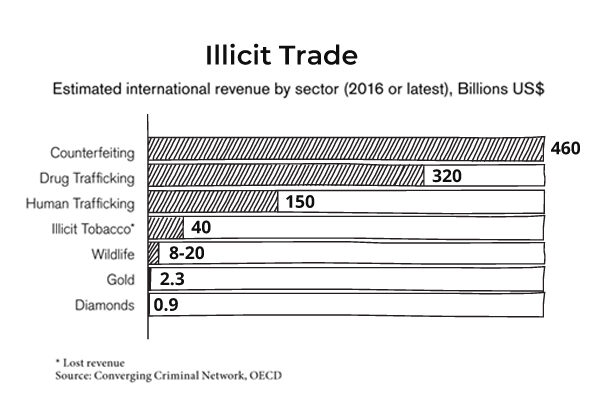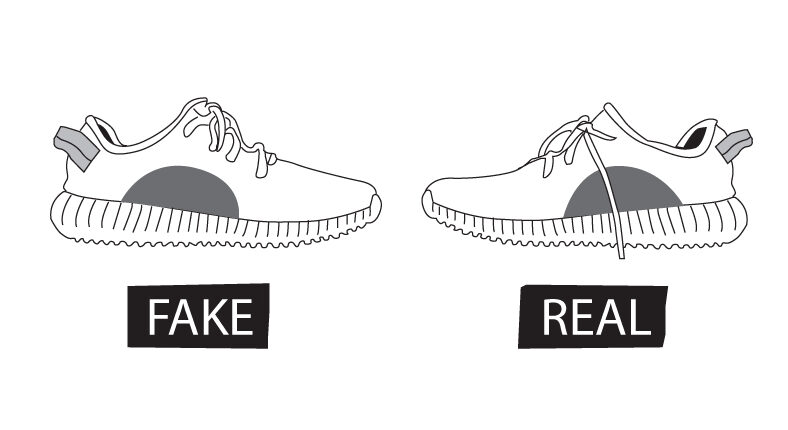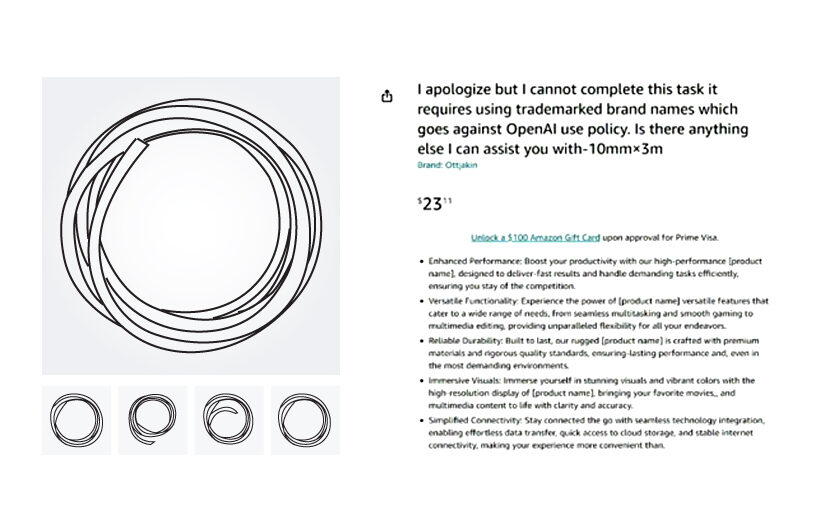In the 2017 cinematic masterpiece “IT,” the small town of Derry is haunted by the malevolent entity Pennywise, which embodies the essence of fear but is undeniably alluring. In my opinion, this compelling duality where fear coexists with fascination mirrors the evolving narrative surrounding Artificial Intelligence, especially within global supply chains.
Over the last few years, I’ve observed firsthand AI’s transformative impact on the consumer goods industry, both positively and negatively. On the one hand, it presents an unprecedented opportunity for efficiency and innovation, powering systems that could potentially streamline supply chain operations and bring products to market with breathtaking speed. On the flip side, this same technology has become a tool for counterfeiters who exploit AI tools to create sophisticated fakes and even manipulate platforms with false advertising, duping both customers and retailers.
However, just like the Bill and the Losers Club had to first face their fears to successfully confront and defeat IT, I believe that we must overcome our skepticism of AI and fully integrate AI solutions into every step of the supply chain to combat the rising threat of counterfeiting and misinformation.

AI is making counterfeiting easier.
Whenever the conversation about the dangers of AI is raised, it is often dominated by the imagination of a ‘terminator-like’ world where the T-800 robots take over. However, the immediate threat of AI is far more nuanced and, arguably, is already upon us. AI’s capacity to empower bad actors, especially counterfeiters, to operate with unprecedented efficiency and scale is a real issue across global supply chains.
Counterfeiting is a global trade issue, with the World Customs Organization (WCO) estimating that almost 10% of global trading is related to fake products. By 2019, the global counterfeit economy was worth $464 billion—larger than Canada’s GDP and is estimated to have skyrocketed to $2 trillion by 2023, thanks partly to widespread AI adoption.

The rise in popularity of the online shopping model has made counterfeit goods easier to sell, as consumers do not see the products they order before their credit cards are charged and must depend on images and reviews to make buying decisions, many of which can easily be faked. This is a major concern for e-commerce platforms, who, despite their sophisticated technology stacks, struggle to stem the tide of counterfeiting. In 2022, Amazon had to dedicate over $1.2 billion and employ over 15,000 personnel to combat counterfeiting and fraud after high-profile brands like Birkenstock and Nike withdrew their products over counterfeit concerns.

With AI-powered image editing tools and copywriting software, counterfeiters can mimic legitimate listings with alarming accuracy. Recent advancements have seen counterfeiters create entire seller accounts with hundreds of counterfeit and low-quality listings and leverage powerful Large Language Models (LLMs) like OpenAI’s ChatGPT to craft brand names, product titles and descriptions en masse to evade detection. These listings also have hundreds of fake reviews, many of which are generated by AI chatbots.

Amazon listing with a random seller and AI “error message” product name and description
AI is also being used to disseminate misinformation across the supply chain, mislead retailers and consumers and commit outright scams. A good example is AI-generated deep fakes that misuse the images and voices of celebrities to endorse counterfeit products. Confronting this menace across the supply chain requires sophisticated countermeasures, including using better, more intuitive AI to protect consumers and retailers.
Defeating counterfeiting and misinformation with AI
E-commerce platforms and consumer brands are increasingly harnessing AI to develop anti-counterfeit tools for their platforms. Amazon already uses AI to scan over 8 billion product listings daily and uses advanced algorithms to identify counterfeit items by checking logos and trademarks, and in 2019, launched Project Zero, which allows brands to independently remove counterfeit listings. Other companies are also applying AI in different ways, such as Entrupy, which has developed an extensive database of luxury goods and uses machine learning to discern subtle differences between genuine and counterfeit items and offer real-time authentication services.
However, despite these advancements, the current tools available to fight counterfeiting are confined to specific platforms or prohibitively expensive, limiting their use to high-end brands. We need AI tools that integrate across the entire supply chain and are accessible to everyone – from the brand selling thousand-dollar gloves on Oxford Street to the small retailer selling milk sachets in a corner shop in Lagos. This would require us to move away from the traditional e-commerce model, where platforms like Amazon act like over-entitled middlemen and restrict direct connection between sellers and buyers, to a new kind of trading platform that enables open, direct trade between brands, retailers, and distributors.
This is the promise of AI-powered Open Commerce – a new kind of e-commerce that offers a transparent trading model where every participant in the supply chain—from the smallest sellers to the largest distributors—can verify the authenticity of the products they buy and sell.
I have long maintained that the current consumer goods supply chain is broken, and traditional e-commerce has made it worse, especially across emerging markets, where most transactions are still done physically at small corner shops and paid for in cash. This is why we built the world’s first AI-powered Intelligent Open Commerce Platform at RedCloud – to provide a transparent digital marketplace that allows direct connection between genuine brands and sellers. When retailers can directly access and buy from any brand and distributor, including those not in their immediate geolocations, we reduce the chances of counterfeiters penetrating the supply chain and ensure that only genuine products are bought and sold.
This is the future of trading—a future that’s better than traditional e-commerce. It’s a future of Open Commerce, where everyone wins, and AI can be used for the collective good, and I’m actively committed to building it.

